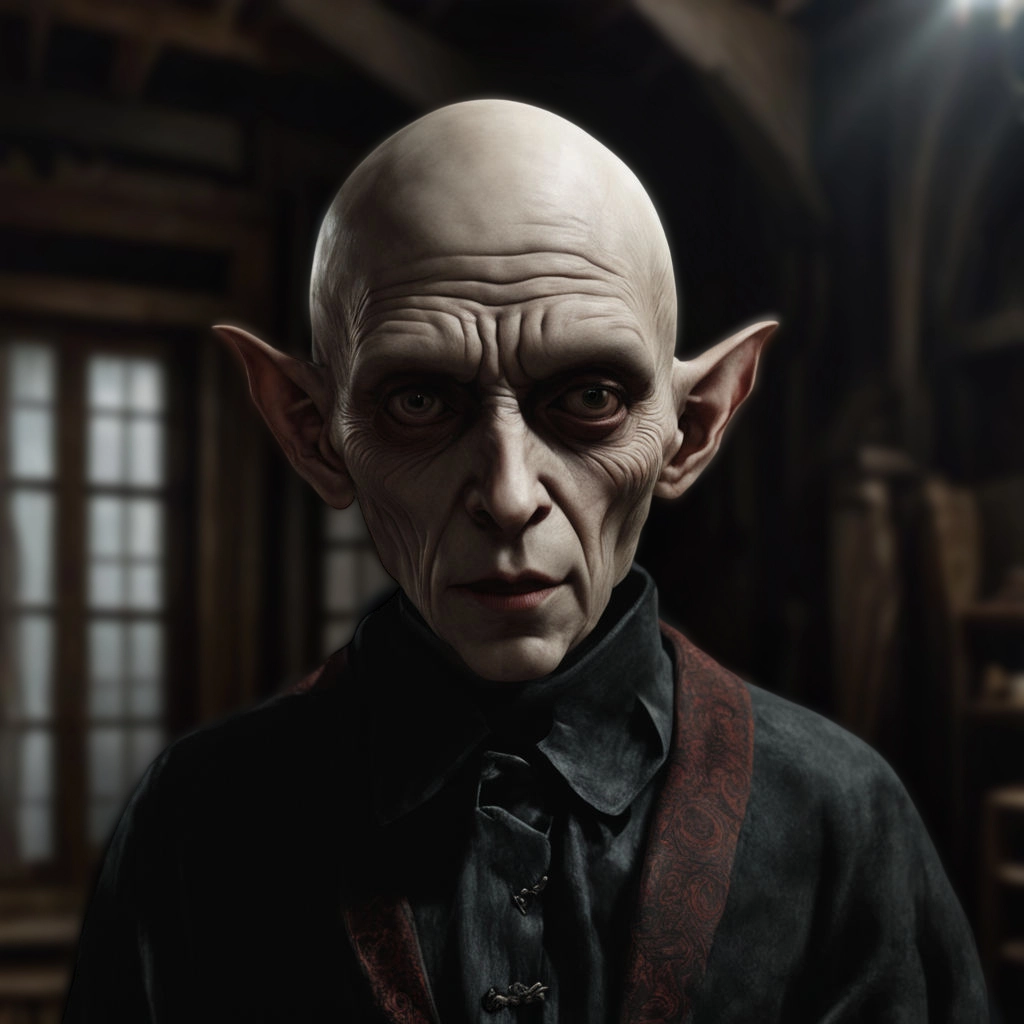Nosferatu: The Ripoff of Legendary Dracula

First Apperence
Nosferatu, the 1922 silent film directed by F.W. Murnau, introduced the world to one of the most iconic characters in horror cinema. Count Orlok, the vampire portrayed by Max Schreck, remains a significant figure in the genre, symbolizing the eerie and the grotesque. The film’s expressionistic style and unsettling atmosphere have influenced countless horror films and directors over the decades. Its enduring legacy is evident in the numerous adaptations and references found in contemporary media.
Inspiration and Adaptation
Nosferatu is an unauthorized adaptation of Bram Stoker’s 1897 novel “Dracula.” Due to copyright issues, the filmmakers changed the names and certain plot elements. Count Dracula became Count Orlok, a monstrous figure with rat-like features, deviating from Stoker’s more aristocratic vampire.
Max Schreck's Performance
Max Schreck’s portrayal of Count Orlok is haunting and memorable. His exaggerated makeup, elongated fingers, and gaunt appearance create a terrifying figure that has influenced the depiction of vampires in cinema ever since.
Visual Aesthetics
Count Orlok’s appearance is starkly different from traditional vampire imagery. His bald head, pointed ears, and sharp fangs contribute to an unsettling and otherworldly presence. The use of shadows and lighting in the film accentuates his menacing aura, emphasizing the horror elements.
Lasting Impact
Nosferatu’s influence extends beyond its time. The character of Count Orlok has inspired numerous portrayals of vampires in film and television. His grotesque visage and eerie demeanor set a precedent for the visual and thematic elements of horror in the decades that followed.
Reception and Legacy
Upon its release, Nosferatu was met with both acclaim and controversy due to its unauthorized adaptation of Stoker’s work. Despite this, the film has since been regarded as a masterpiece of silent cinema and German Expressionism. Count Orlok has become a cultural icon, representing the primal fear of the unknown and the supernatural.
Homages and Parodies
Nosferatu has been referenced and parodied in various media, from movies and television shows to music and literature. The character of Count Orlok continues to be a symbol of classic horror, demonstrating the film’s enduring legacy in popular culture.
Conclusion
Nosferatu and its central character, Count Orlok, remain pivotal in the history of horror cinema. The film’s innovative use of visual effects and its unforgettable portrayal of the vampire mythos have left an indelible mark on the genre. As a timeless piece of cinematic history, Nosferatu continues to inspire and terrify audiences, solidifying its place as a cornerstone of horror.

